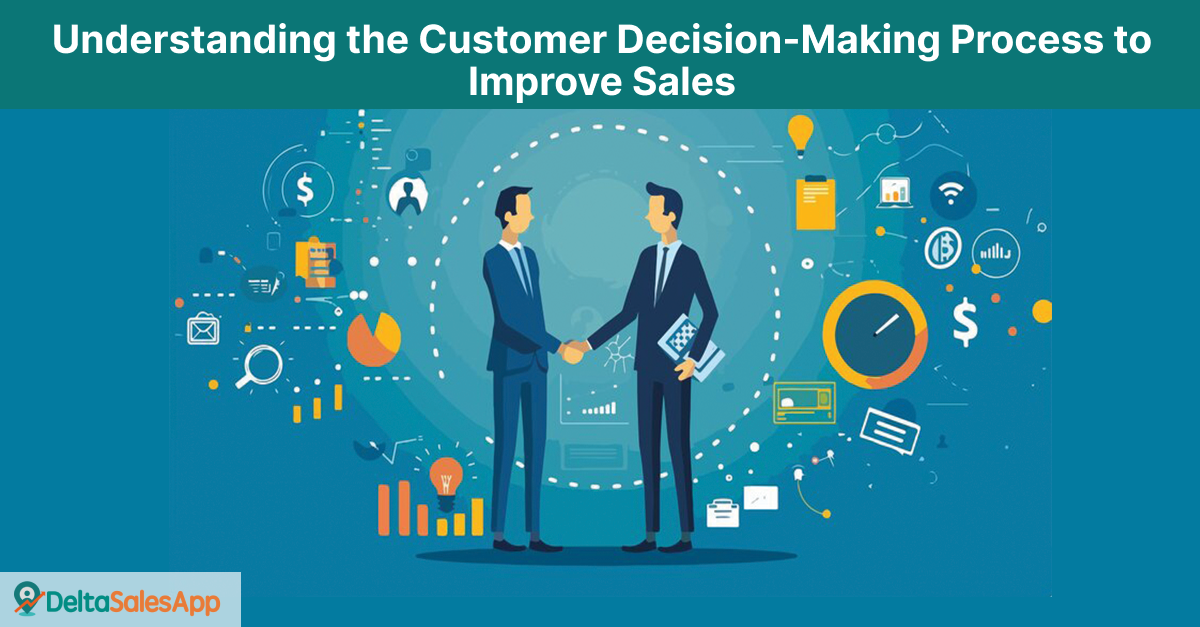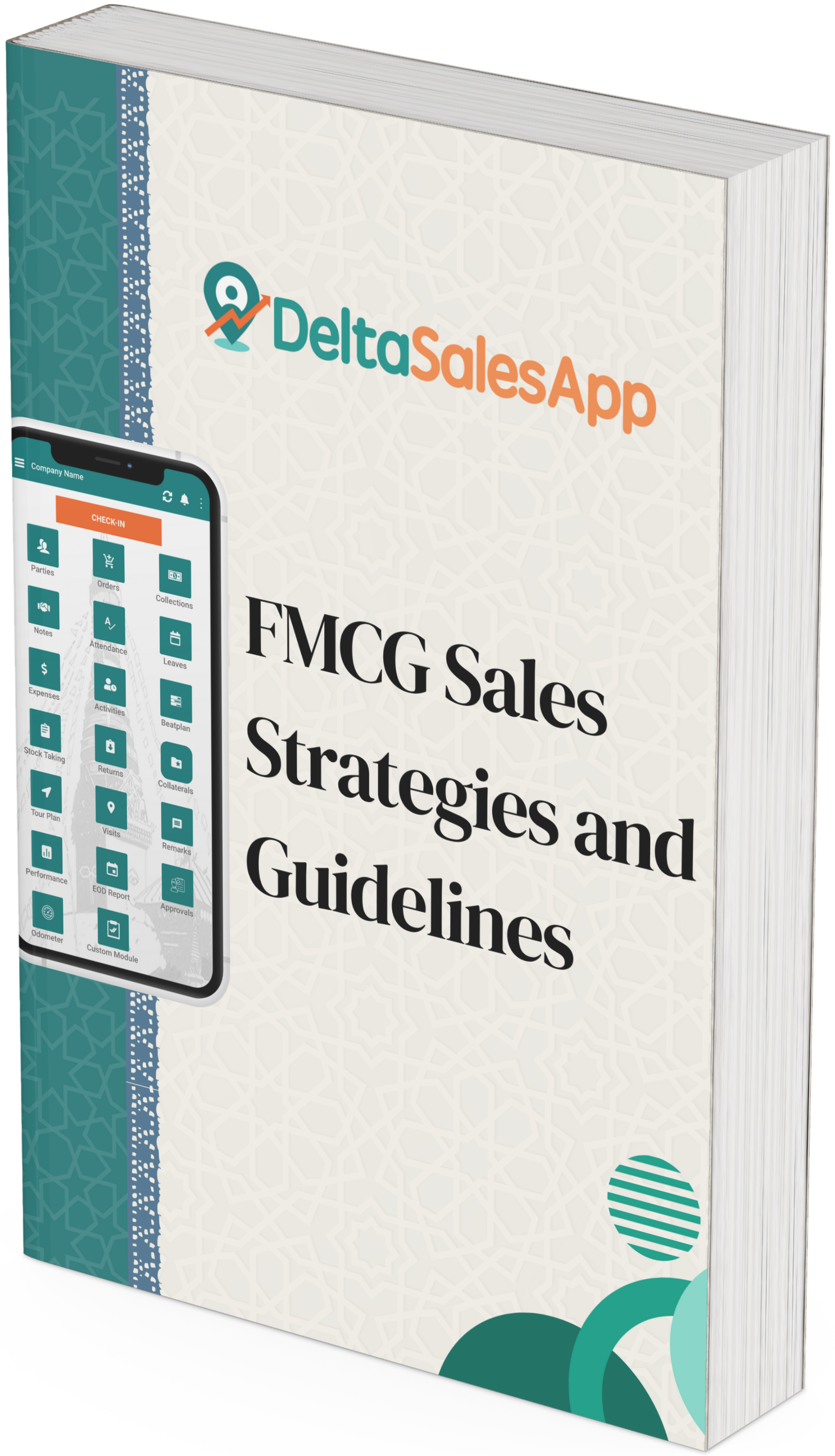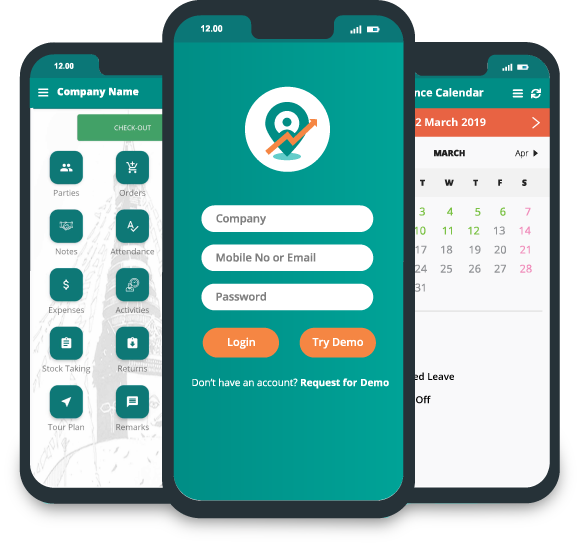Understanding The Customer Decision-Making Process To Improve Sales

In the world of sales, understanding how customers make decisions is key to improving engagement, increasing conversions, and closing more deals. The customer decision-making process isn’t a single, linear journey; it’s a complex set of steps where customers evaluate their needs, explore their options, and make purchase decisions based on both rational and emotional factors.
In this blog, we’ll break down the typical stages of the customer decision-making process and discuss how sales teams can tailor their strategies to better meet customer expectations at each stage. By aligning your approach with the way customers think, you can improve the overall buying experience and significantly boost your sales outcomes.
Need Recognition
The first stage of any decision-making process is need recognition—the moment a customer realizes they have a problem or need that requires a solution. Whether it’s a small inconvenience or a major business challenge, customers begin their journey by identifying a gap in their current situation.
How to Address This Stage?
Sales teams can spark need recognition by creating content that highlights common pain points or challenges that prospects may be facing. Engaging blog posts, case studies, and targeted ads can help potential customers realize that a problem exists and that your product or service is the solution they need.
Information Search:
Once the need is recognized, customers begin searching for information to solve their problem. This stage involves researching different products, solutions, and brands. Customers may look for online reviews, ask for recommendations, or read content that explains potential solutions.
How to Address This Stage?
Sales teams should focus on providing valuable, easily accessible content that answers common questions and educates prospects. SEO-optimized articles, product demos, and FAQs can help ensure that your solution appears in search results and educates customers about your offerings.
Evaluation of Alternatives
In this stage, customers weigh their options. They compare products, features, pricing, and benefits to determine which solution is best suited to their needs. This is often where prospects evaluate different vendors, read competitor reviews, and analyze how your product stands up to the competition.
How to Address This Stage?
To stand out during the evaluation process, sales teams should provide clear, comparative content that outlines the unique value proposition of their solution. Comparison charts, testimonials, and case studies that showcase how your product solves specific challenges can give customers the confidence to choose your offering over others.
Purchase Decision
After evaluating their options, the customer is ready to make a purchase decision. At this stage, they may still face some hesitation, such as price concerns or uncertainty about product fit. It’s up to the sales team to remove any barriers and make the purchase process as smooth as possible.
How to Address This Stage?
Sales teams can influence the purchase decision by offering incentives, such as discounts, free trials, or limited-time offers. Personalized follow-ups and clear guidance on how to proceed with the purchase can help move the customer from consideration to action.
Post-Purchase Behavior:
The decision-making process doesn’t end with the purchase. Customers will assess whether the product met their expectations and decide if they made the right choice. Satisfied customers may become repeat buyers or advocates for your brand, while dissatisfied ones may share negative feedback.
How to Address This Stage?
Sales teams should focus on customer retention by following up with clients to ensure satisfaction. Post-purchase surveys, onboarding assistance, and continuous support will help keep customers engaged and more likely to become loyal brand advocates. Building a strong relationship post-purchase is key to long-term success.
Conclusion: Aligning Sales Strategies with the Customer Decision-Making Process
Understanding the customer decision-making process allows sales teams to engage with prospects at the right time and with the right message. By addressing each stage—need recognition, information search, evaluation of alternatives, purchase decision, and post-purchase behavior—sales teams can create a smoother, more personalized journey that results in higher conversion rates and increased customer satisfaction.
When sales strategies are tailored to the decision-making process, customers feel more understood and are more likely to choose your solution over competitors. This approach not only drives sales but also fosters stronger, longer-lasting relationships.
FAQs
What is the customer decision-making process?
The customer decision-making process refers to the series of steps that a customer goes through before making a purchase, including need recognition, information search, evaluation of alternatives, purchase decision, and post-purchase behavior.How can understanding the decision-making process improve sales?
By aligning your sales strategy with the customer decision-making process, you can engage prospects at the right stages, provide relevant content, and address any concerns, leading to improved sales outcomes.How can sales teams influence the evaluation of alternatives stage?
Sales teams can provide comparison charts, case studies, and testimonials that highlight the unique value of their product, helping prospects see why their solution is the best choice.Why is post-purchase behavior important?
Post-purchase behavior determines customer satisfaction and loyalty. Following up with customers and providing ongoing support can lead to repeat business and brand advocacy.How can content help during the information search stage?
Educational content such as blogs, FAQs, and product demos can provide prospects with the information they need to make informed decisions, positioning your solution as the ideal choice.









